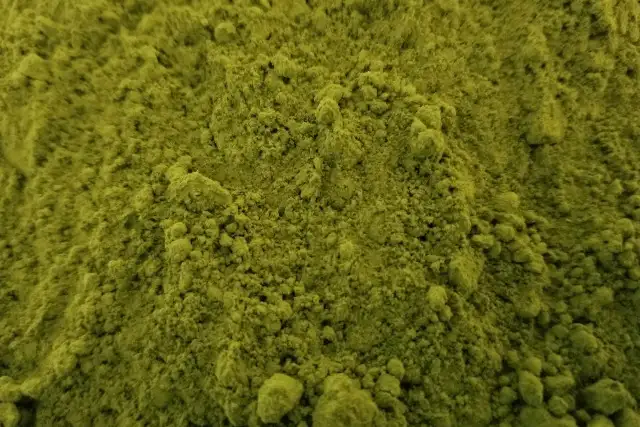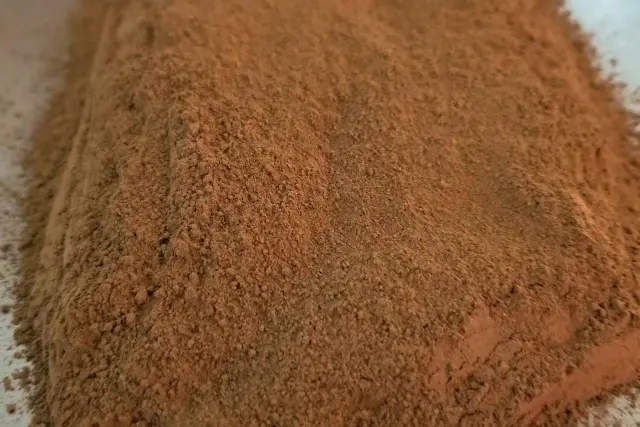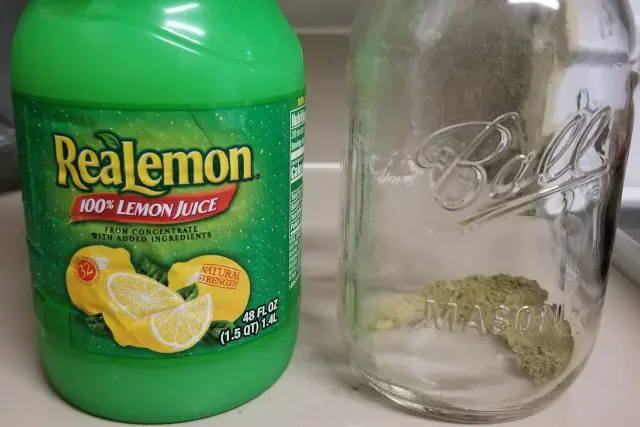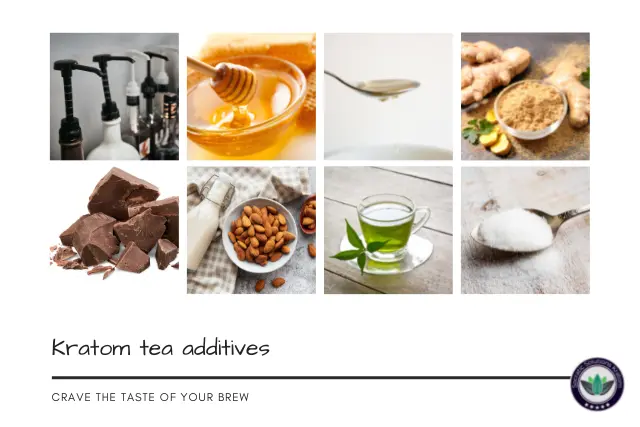Do you like tea? How about kratom? What if I told you that you could combine the two and make an amazing drink that would help you relax and unwind after a long day? Kratom tea is a great way to enjoy the benefits of kratom, and it’s easy to make.
In this blog post, we will discuss how to make kratom tea, as well as some recipes and flavor additives that you can use to enhance the flavor.
Benefits Of Kratom Tea
Kratom tea is a great way to enjoy the benefits of the leaf. Kratom is a plant that is native to Southeast Asia, and it has been used for centuries by the people who live there.
The leaves of the kratom plant are traditionally crushed and made into a powder, which can then be ingested in many different ways.

One of the most popular ways to consume kratom is by making it into a tea. Done properly, this method releases the key components of the kratom leaf, chemicals called alkaloids, which are responsible for its effects.
Predominant Effects
The main effects felt by most users include stimulation, an elevated mood, tension release, and increased sociability. These feelings usually last for around four hours for most people before they start to slowly wear off.
If you’ve been using kratom continuously for a long time without breaks, you may notice this time frame becoming shorter. This is usually a good indication it’s time to take some days off to allow your receptors to recover a bit.
Side Effects
Drinking too much kratom tea can result in nausea and loss of appetite. If you go way overboard, you may notice bouts of vertigo. Nothing helps these symptoms but the passing of time, unfortunately.
How To Make Kratom Tea With Powder Or Crushed Leaf
To make kratom tea the conventional way, you will need a pot or deep pan that will hold whatever amount of liquid you hope to end up with. You’ll also need something to strain your mixture through and a pitcher to filter it into.
While you can certainly brew a single serving, many people choose to do a pitcher or jug at a time so they don’t have to repeat the process as frequently. This recipe makes 64 ounces, or four 16 ounce servings.
What You’ll Need
- Pot or pan (4 qt.)
- Maeng Da or other pure kratom powder or crushed leaf (four of your desired doses)
- Cheesecloth or fine mesh filter (grade 100 is deal)
- Citric acid powder (1/2 teaspoon)
- Pitcher (64 ounce or greater capacity)
You can use whatever type of kratom you have on hand, but we go with Maeng Da because it is consistently high in mitragynine, the predominant alkaloid (plant chemical) present in the leaf.

In terms of color, most people opt for green vein kratom because it seems to provide the best balance between relief and stimulation. If you’re looking more for relaxation, perhaps red kratom is a more appropriate option for you.
Steps
- Fill pot with 64 ounces of water and bring to just below boiling (180 degrees F or so is great)
- Add 1/2 teaspoon citric acid powder, or substitute with equivalent squeezed lemon or lemon juice
- Stir in kratom powder
- Simmer the mixture for 15 minutes
- Let steep for three hours (optional)
- Using your cheesecloth as a filter, strain the mixture into your pitcher
- Add sweetener, ginger, or other flavorings to taste
- Serve
You’ll want to keep the leftover tea in the refrigerator. The citric acid added during the brewing process acts as a preservative, but we recommend consuming the batch within a week if possible.
The citric acid is not an absolute requirement, but it helps draw more of the desirable plant chemicals out into your final solution, thereby allowing you to get more out of your kratom tea.
Your goal is to reach a pH level of about 4.5. We have determined that adding 1/8 teaspoon of citric acid powder per 16 ounces of water brings the pH of the mixture up to this level. This would be roughly equivalent to 1/2 tablespoon of lemon juice.
If you follow this recipe exactly, your kratom tea mixture should be right at the right pH. You can use test strips to analyze your individual batches.

Why Temperature Matters
Again, it is important to note your temperature. The 180 degree mark is significant because mitragynine begins to degrade as temperature and acidity increases.
However, we know that it is stable for at least eight hours at a temperature of 180 degrees F and a pH of 4-6.
Dosage
We usually recommend starting out with anywhere between 1-3 grams per dose when trying a new strain or new vendor. More experienced users may get better results on dosages of 4 grams or higher, but it is important to start low to assess your tolerance.
In the recipe above, that would mean adding up to 12 grams of powder to your water at the beginning of the process. Since the steps call for 64 ounces, you would then be dividing the 12 grams into four 16 ounce servings at 3 grams apiece.
However, as we mentioned above, you’ll probably want to go with a bit more once you know how you’ll handle a particular batch. The kratom tea that you’ll find in most bars and stores usually contains around 6 grams per 16 ounce serving, which would equate to 24 grams total in the above recipe.
Kratom Tea Additives
Once you learn how to make kratom tea, you’ll want to explore the various flavoring options that are out there. The tea on its own has a taste that considered less than pleasant by many, but certain flavors blend with or offset it fairly well.
Here are some ideas to get you started:
- Flavor syrup: Simply pour or pump it into your brewed tea and mix. Some of the most popular flavors include mango, caramel, peach, mocha, raspberry, and vanilla. Popular brands include Torani and DaVinci.
- Honey: Kratom naturally tastes a lot like freshly cut grass would probably taste. Honey serves as a sweetener and helps cut through the bitterness a bit. It also contains antioxidants and is sweeter than table sugar.
- Agave nectar: This is sometimes used as an alternative to honey. Multiple animal studies have shown agave to be superior to honey for weight loss and blood sugar control purposes. These findings have been replicated in at least one human study.
- Ginger: Not only does its flavor mix well with kratom, ginger has shown to provide a number of potential health benefits. Its active chemicals, which include gingerol, paradol and other terpenoids and flavonoids, have shown antioxidant, anti-tumor, anti-inflammatory, liver nurturing, and other positive characteristics.
- Chocolate extract
- Vanilla almond milk
- Green tea
- Splenda

Summary
So, now you know how to make kratom tea using things that you probably already have in your kitchen (maybe minus the cheesecloth). Get creative with your additives and maybe even try combining some to create your own unique blend.
Finally, remember to use care when deciding on how to dose new batches or strains so you avoid accidentally taking too much and becoming nauseous. Sometimes less is more.


Latest from our blog
Please Read….This is Urgent
In loving memory of Ryan, a special individual who recently passed away, we honor his [...]
Damiana Exposed: Special Look At Turnera diffusa (2023)
Damiana Exposed: Special Look At Turnera diffusa (2023) Damiana is a wild shrub native to [...]
Kanna: A New Look At An Exciting Mood Booster (2023)
What is kanna? Some say the botanical has similar effects to MDMA, or ecstasy. Others [...]
Blue Lotus Flower: Unveiling Its Mystical & Therapeutic Powers
To cut to the chase and pickup potent 25x blue lotus extract today while enjoying [...]
Red Bubble Kratom Extraction: A Comprehensive Guide
As a kratom enthusiast, have you ever wondered if there was a method for getting [...]
Aug
Maeng Da Kratom 101: Accurate Info You Can Trust
Maeng Da kratom may be the most popular kratom strain on the market today. The [...]
Aug